Proudly T'boli, proudly Filipino
Truly fascinating places can get doubly enchanting when visited once again. Thus, my fourth trip to Lake Sebu was exciting since I knew what to expect.
We took a different route from the usual four-lane road that passes the pineapple fields of Dole Plantation in Polomolok, surrounding the scenic Mt. Matutum and the progressive city of Koronadal, from the General Santos International Airport. Instead, we ventured through Barangay San Jose, which led us to the beautiful virgin forest of Mount Melibengoy, previously known as Mount Parker. This volcano last erupted in 1641 and has an elevation of 1,824 meters. General Frank Parker, an American pilot, declared that he discovered it during a flight in 1934, so he claimed the right to name it after him. However, it was a sacred place of the T’boli tribe long before General Parker’s supposed “discovery.” Interestingly, the colonizers claimed the conquest of areas that Lumads had long inhabited.
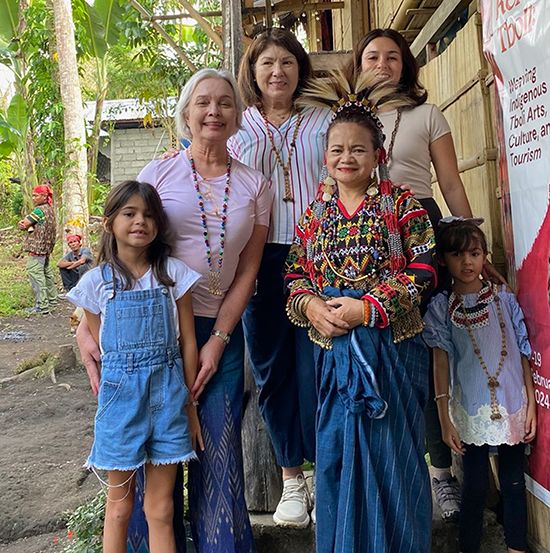
As we drove up the narrow road, a quaint surprise greeted us. Three modern homes jump right out of Architectural Digest magazine. We finally reached the Municipality of T’boli at the edge of the forests, and we continued to drive for 45 more minutes to Lake Sebu.
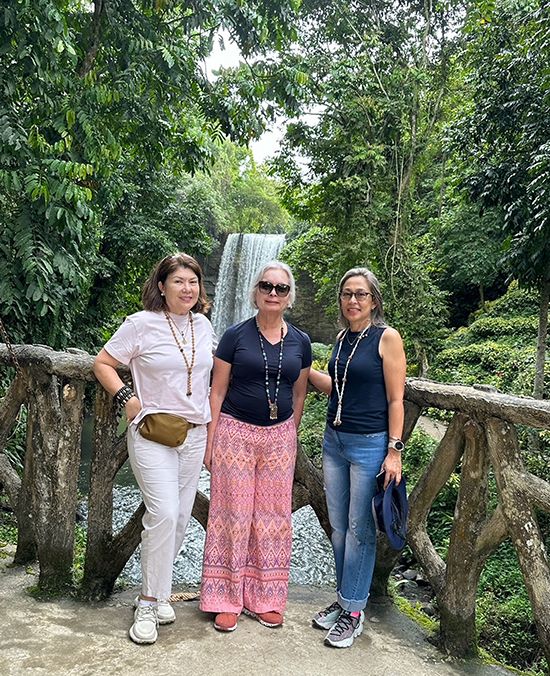
Around 20 years after Jose Lorenzo (Lory) Tan’s Bookmark publication of two books, Mindanao, A Portrait (with me as co-publisher and contributor) and Dreamweavers by Maria Elena P. Paterno, some members of the book’s team—my daughter, granddaughters and adventurous friends—decided to pay homage to three T’boli members who were declared Gawad sa Manlilikha ng Bayan (GAMABA) or National Living Treasures Award in 2023 because the T’boli culture was featured in both books.
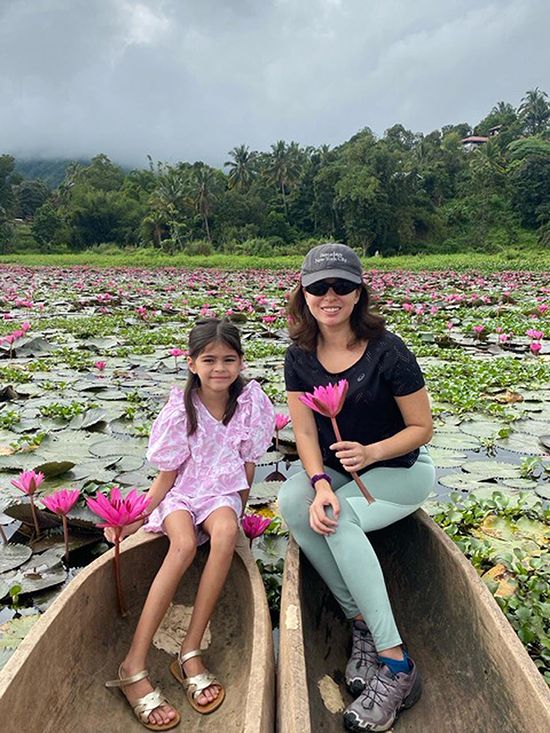
As a backgrounder, the National Commission of Culture and the Arts (NCCA) is tasked with implementing Republic Act No. 7355, which honors individuals who have significantly contributed to preserving and promoting indigenous culture.

A community leader, Maria Todi, helped us organize our trip and meet Barbara Kibed Ofong, a Gamaba T’nalak weaver, at her home, Sitio Tablo, Bgy. Lamdalag. We also met Rosie Godwino Sula, a Gamaba chanter, at her place in Sitio Lembanig, Poblacion, and Bundos Bansil Fara, the brass caster.
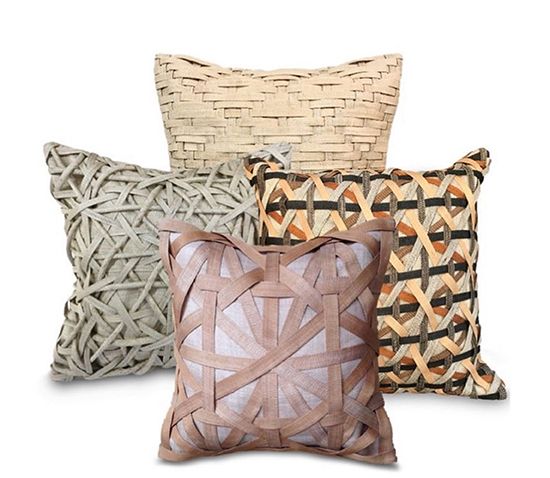
Upon arrival, we searched for Maria Todi’s long house, where she had prepared lunch. It took some time because the widened roads made the place unfamiliar. Only when Lory spotted a poster with my photo and his name hanging from a post of a tricycle repair shop did we find the house across the street.
Maria Todi Wanan
Maria Todi is a GADOR awardee of the Cultural Center of the Philippines (CCP), an award “recognizing Mindanao individuals and organizations who shared commendable work and services in cultural and artistic endeavors, research, development, education and promotions in the last 10 years.” She earned this recognition as the founder of the Lake Sebu School of Living Traditions. On Saturdays, children attend classes to learn about T’boli culture and the traditional way of life. They are taught about their music, dances and storytelling to preserve their culture and pass it on to the next generation. This activity also allows them to share their culture with visitors who come to learn about their way of life.
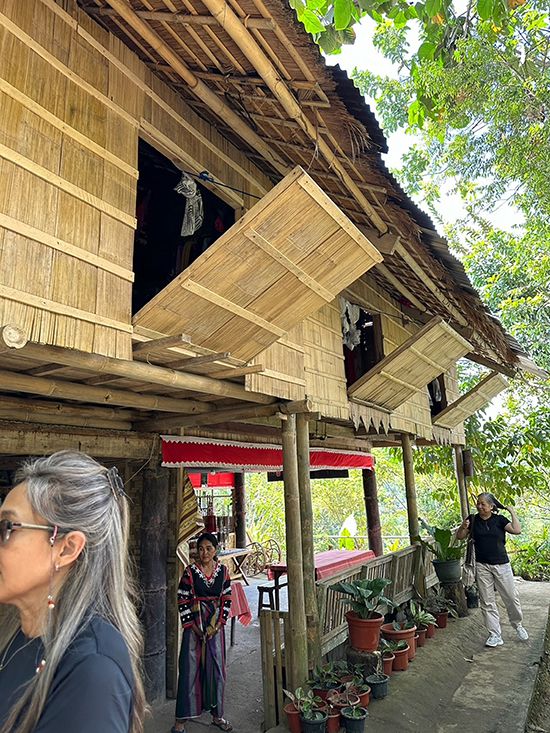
She prepared a delicious lunch of an assortment of native chicken, one cooked in bamboo. I particularly enjoyed the vegetables simmered in coconut milk. After lunch, Maria and her school members entertained us with a T’boli dance and music using brass instruments and hegelung, a two-stringed lute.
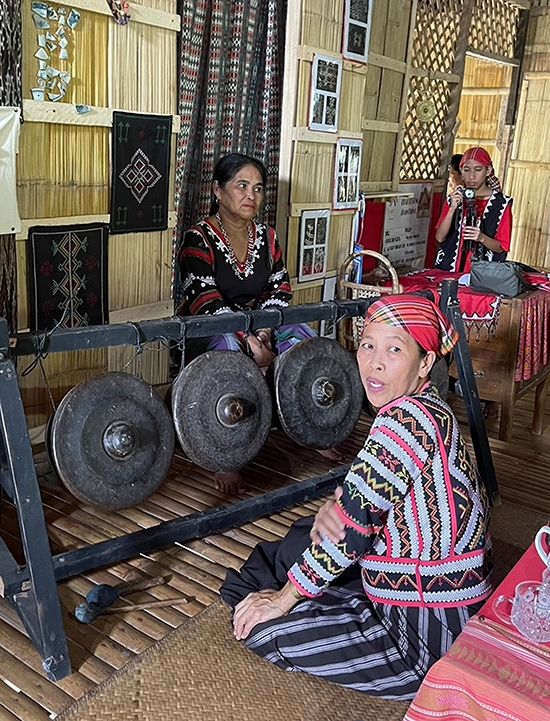
Barbara Kibed Ofong
A T’nalak weaver of the finest kind, Barbara has organized women weavers in her longhouse. A longhouse is a narrow, single-room structure used as a communal dwelling and place of work. It’s usually built on stilts and kept clean by removing our shoes. Climbing its narrow steps reminds me that urban dwellers are less fit than our rural counterparts of the same senior age group.
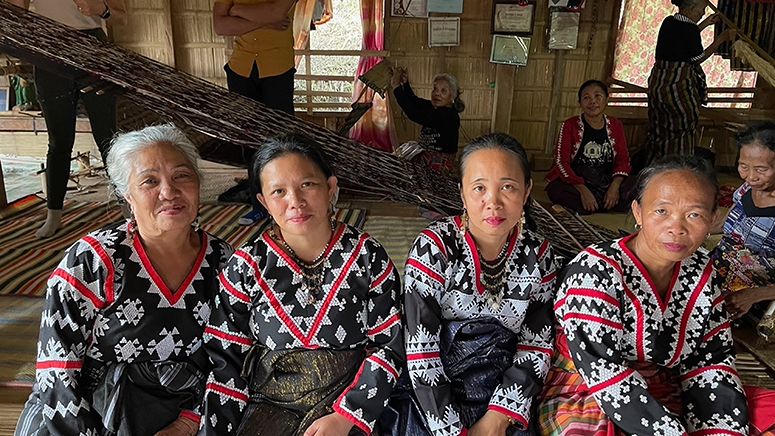
T’nalak weaving is a traditional craft that uses natural fibers from abaca and natural dyes derived from plants in the T’boli community. Barbara, a T’boli woman, is a skilled weaver who has developed 90 patterns in her weaving, guided by a dream influenced by the spirit of abaca, Fu Dalu. The T’boli women who practice this craft are often referred to as Dreamweavers. I am familiar with T’boli weaving and embroidery because a dear friend of mine, Beatriz Pichon, introduced me to it during a trip to Davao in the 1970s. Beatriz was the first to market T’boli products in Davao City. She joined me on this recent trip to Lake Sebu, and it was a sentimental journey for her, witnessing how much has changed in almost 50 years. The Tadeco Livelihood Center later acquired her company, and my sister-in-law, Maricris Brias, continued using traditional techniques while adding contemporary styles and colors that contributed to the viability of the weaving industry in Lake Sebu.
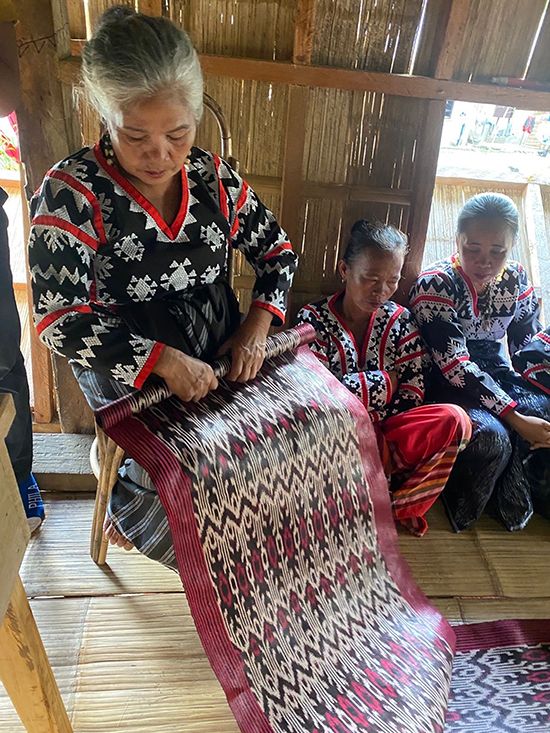
Rosie Godwino Sula
Rosie is the founder of Libun Hulung Matul and Gono Hofo Heritage Center. She is a teacher and lecturer by profession and possesses the skill to pass on the indigenous legacy to future generations. When we arrived at her longhouse, children dressed in their T’boli attire greeted us as we stepped in. She was awarded the Gamaba as a chanter and entertained us with a short performance, to the delight of our companions and my grandchildren. She is a T’boli epic chanter, composer, musician and dancer. I had the experience of featuring it on my show on ANC, Margie on Mindanao, many years ago, the storytelling of the epic Tudbulol expressed in a chant that can last from 30 minutes to three days. Thirty minutes was enough for me to understand the gist of the story. It was an experience I will never forget.
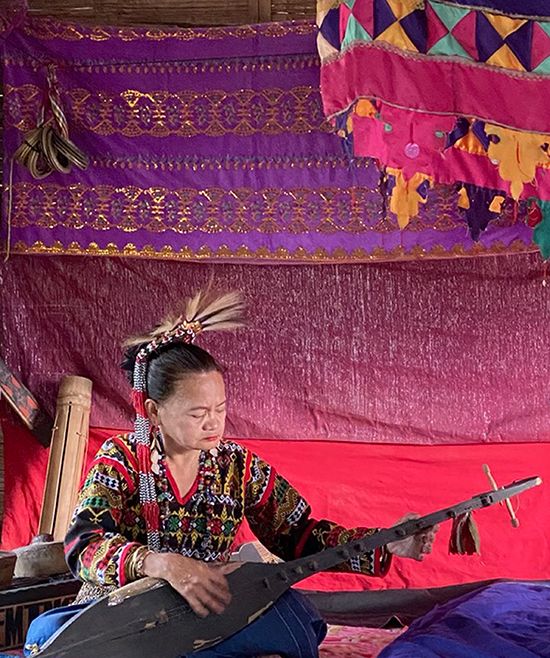
Hospitality is always present in this community. As is customary, Rosie served a sumptuous dinner of fresh tilapia, chicken, and vegetables on the floor of her longhouse.
Bundos Bancil Fara
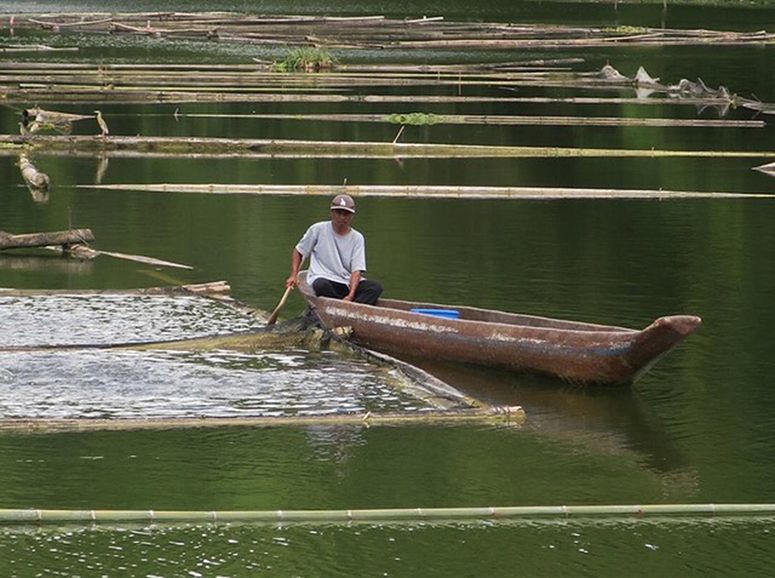
Bundos Fara is a T’boli brass caster. The technique he calls kem tau temwel of brass casting has been passed through several generations of his family. Brass accessories like bells, bracelets, and figurines are on sale in his store. Thanks to GCash, our group had a two-day shopping feast.
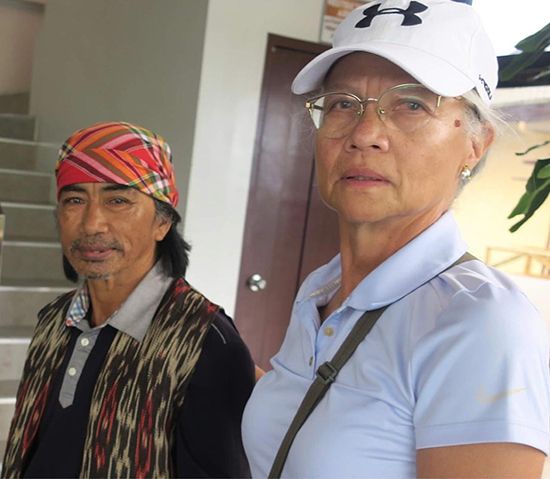
By visiting the Lake Sebu awardees and meeting our T’boli friends, we gained a deeper understanding of their work and its impact on the community. Their music, crafts and storytelling efforts have ensured that their cultural practices are passed down to future generations. However difficult it may be in this age of changing technology, they have inspired the younger generation to take pride in their heritage and traditions.


